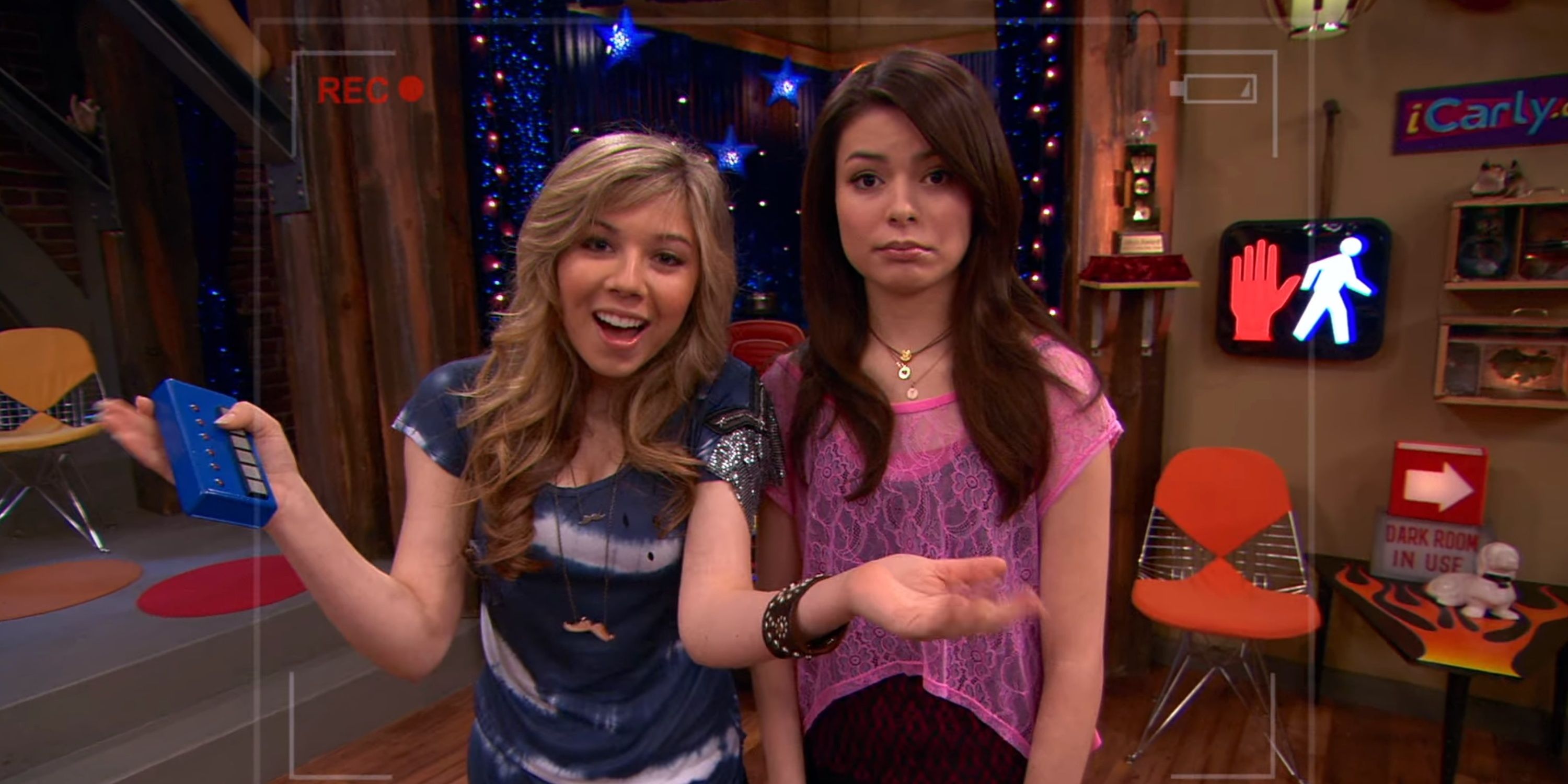
Initially renowned as a top-tier television network known for its exceptional children’s entertainment, Nickelodeon is now a subject of curiosity for many viewers. In contrast to its former glory, the network’s visibility, popularity, and high-quality programming have noticeably dwindled in recent times. The decline can be attributed to several factors, including the overall decrease in cable usage. However, most would agree that Nickelodeon’s downfall is also due to a series of errors.
The history of this network is marked by scandals and hidden truths that are hard to ignore. Some of its errors were relatively minor, such as missed chances or missteps. Yet, other mistakes led to catastrophic consequences for many people, leaving a lasting stain on the network’s reputation.
One of Nickelodeon’s Worst Cartoons Ever
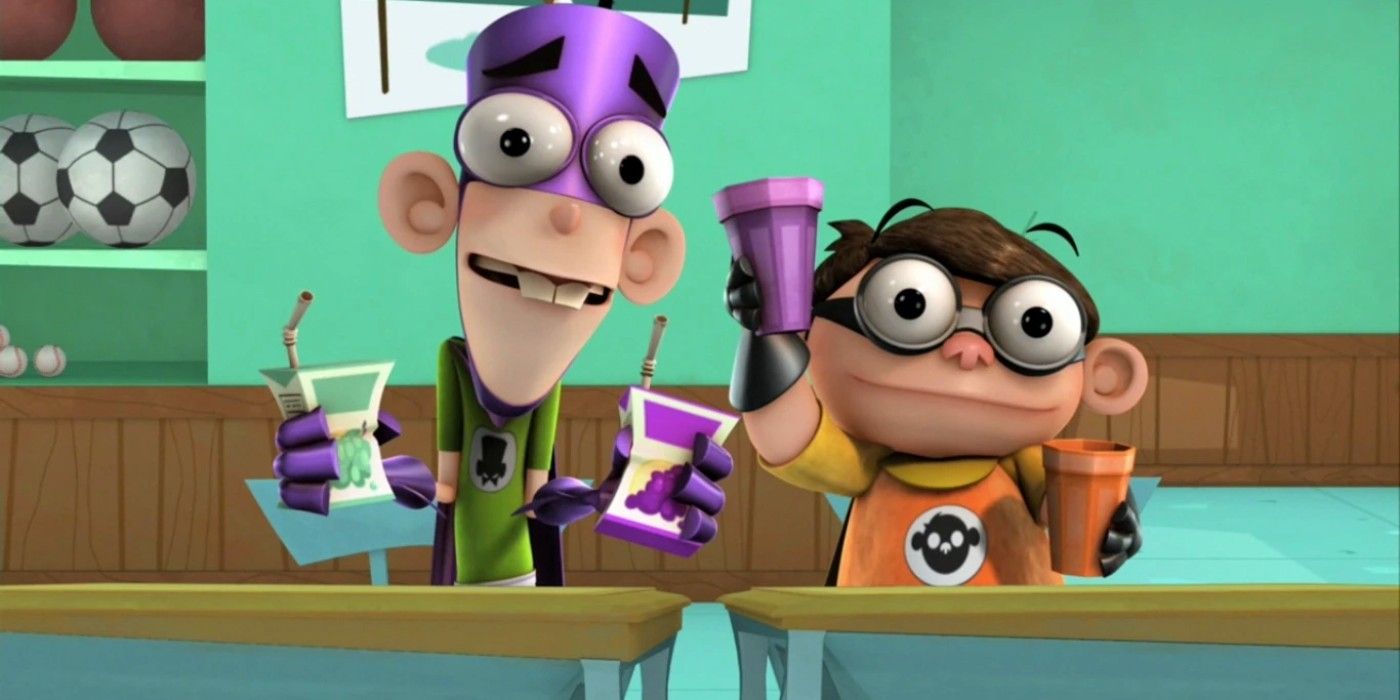
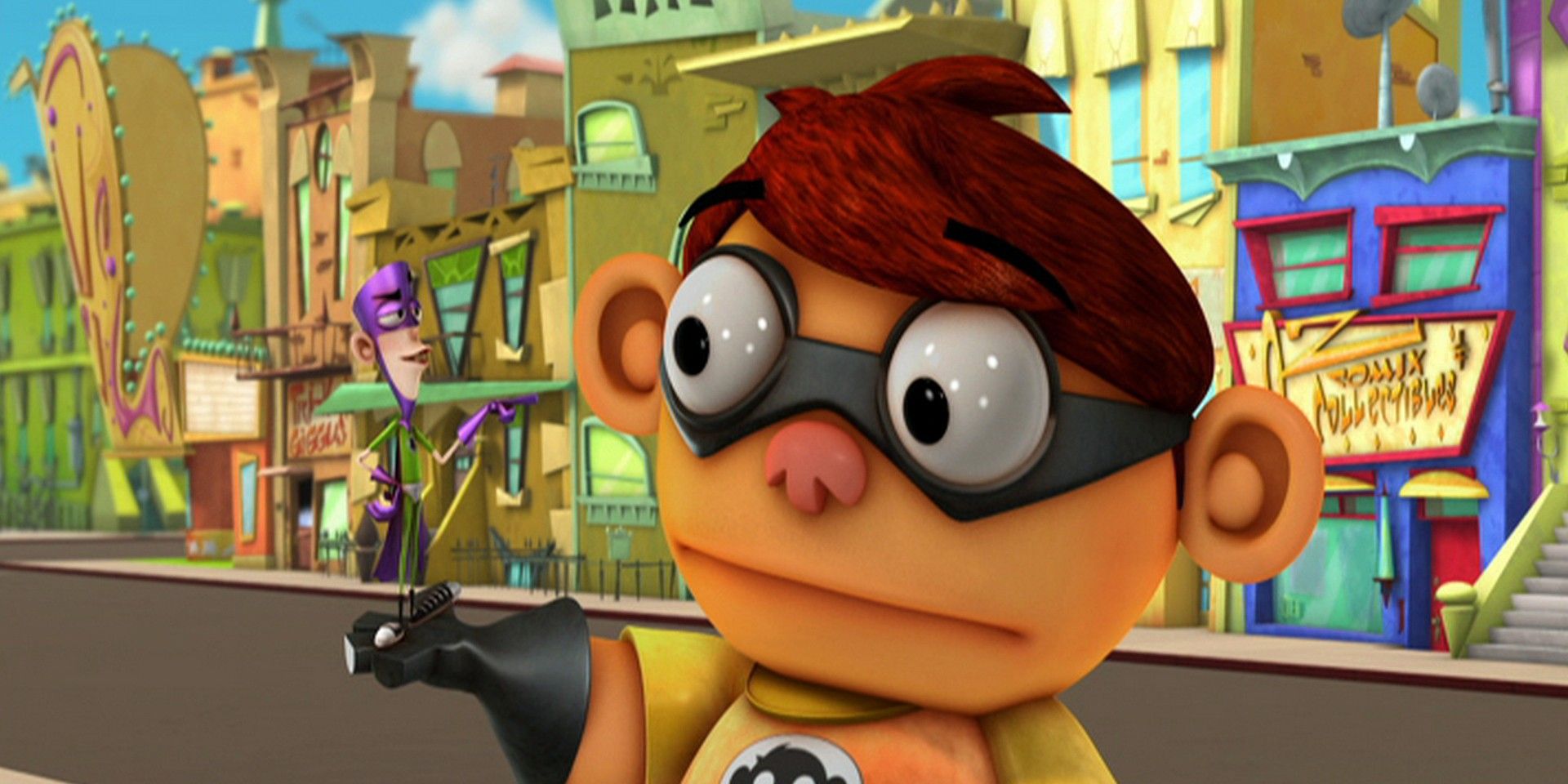
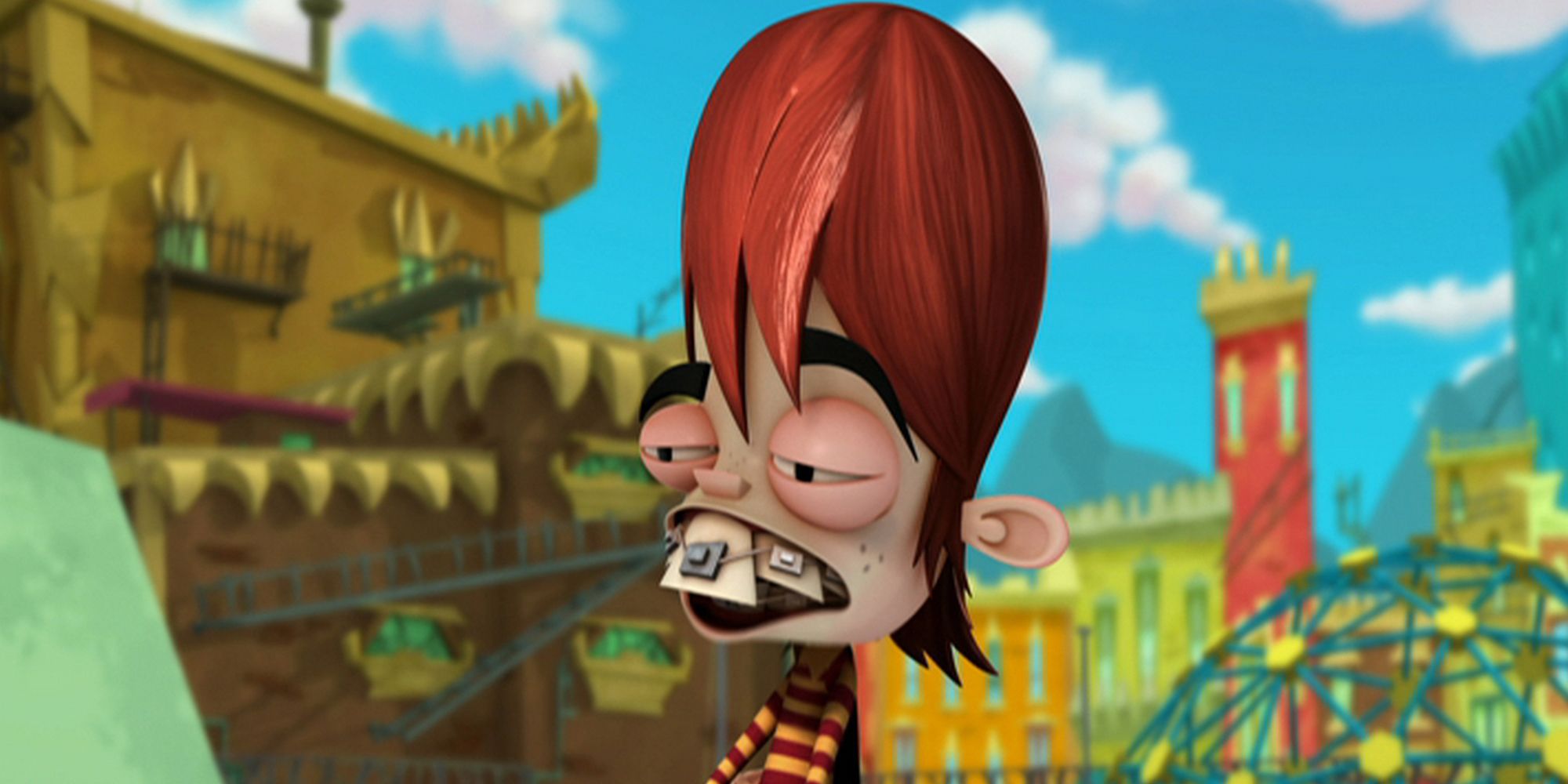
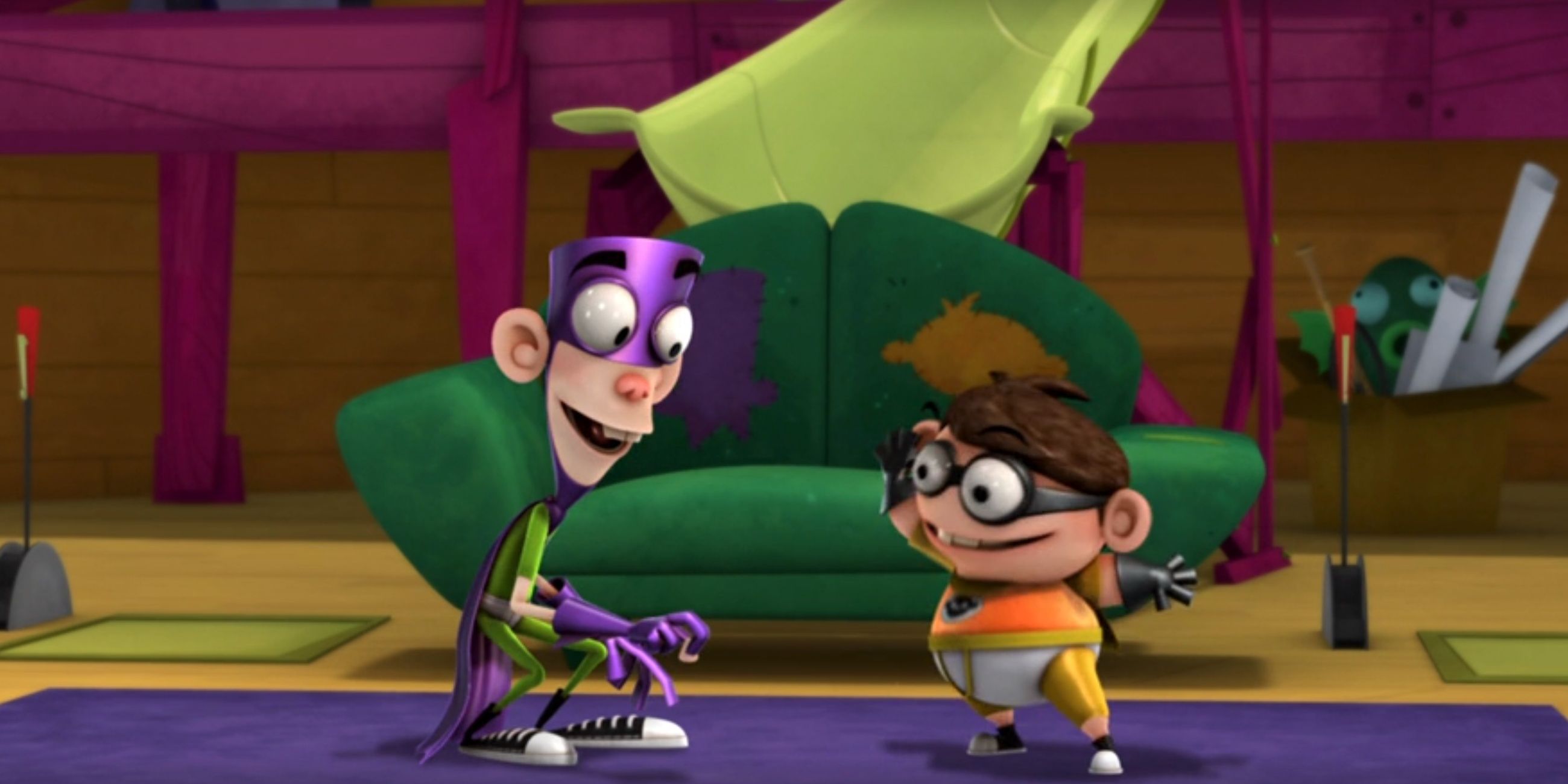
Nickelodeon declined numerous shows that eventually became hits on other stations, but it didn’t let go of the opportunity to air Fanboy and Chum Chum. This series revolves around Fanboy (David Hornsby), a hyperactive superhero enthusiast, and his partner, Chum Chum (Nika Futterman, also hyperactive). Together, they embark on their daily escapades.
Upon initial airing, the cartoon Fanboy and Chum Chum received generally average responses from both viewers and critics. Nowadays, some spectators and critics view it as Nickelodeon’s least successful animated series due to its loudness, chaos, excessive use of bathroom humor, and tendency to be quite annoying. Given Nickelodeon’s reported enthusiasm for Fanboy and Chum Chum, the show’s mediocrity is all the more disheartening.
The Interruptions Were a Terrible Misfire
2013 saw Nickelodeon launching a new endeavor in live programming: Nick Studio 10. This innovative approach integrated live interruptions, along with popular shows like SpongeBob SquarePants and Monsters vs. Aliens, into the Nick Studio 10 segment. Four teenagers – Troy Doherty, Noah Grossman, Malika Samuel, and Gabrielle Senn – hosted this show, where they engaged in spontaneous skits, humor, and pranks.
Sadly, only a small number of people seemed to find the skits funny, and none appeared eager to have their cherished Nickelodeon shows interrupted. This was particularly frustrating since Nick Studio 10 occasionally ran late, causing viewers to miss parts of their favorite episodes. The premature termination of Nickelodeon four months after its launch was an unfortunate flop.
A Cult Classic Lost in Distribution Limbo
The Adventures of Pete and Pete developed an unanticipated fervent fanbase. Even 32 years after its debut, the series still retains a devoted audience who value its unique idiosyncrasies and creative concept. The Adventures of Pete and Pete is about two siblings, Big Pete (played by Michael C. Maronna) and Little Pete (Danny Tamberelli), as they encounter bizarre occurrences in their oddball, peculiar hometown.
As a dedicated cinephile, I must express my dismay over the elusive nature of season 3 of that critically acclaimed show. The frustration mounts when one realizes that the DVDs were supposedly produced, but for unknown reasons, they’ve remained undistributed. Despite the evident demand for these DVDs, Nickelodeon seems to have chosen not to fulfill it, leaving us eager fans in a state of bewilderment and longing.
Fans Missed the Nostalgic Splat Logo
2009 marked a transformation for Nickelodeon, introducing a fresh new look to their viewers. For quite some time, Nickelodeon was identified by the iconic splat logo, where the text “Nickelodeon” was displayed in white over an orange splatter backdrop – a reference to their long-standing slime tradition. Typically, this logo would make an appearance accompanied by a splatting sound.
Back in 2009, I found myself captivated as Nickelodeon unveiled a brand-new logo, bidding farewell to the iconic splat design and replacing it with sleek, lowercase orange text that simply read “nickelodeon.” To be honest, I struggled to comprehend the impact such a seemingly minor change could have. Yet, the revamp didn’t resonate positively with many of us devoted fans. The truth is, it felt strange to lose the logo that had graced our screens throughout our childhoods. Over the years, the new design garnered a wave of criticism online, with some even linking it to the start of the network’s perceived downfall.
He Wanted SpongeBob to End in 2004
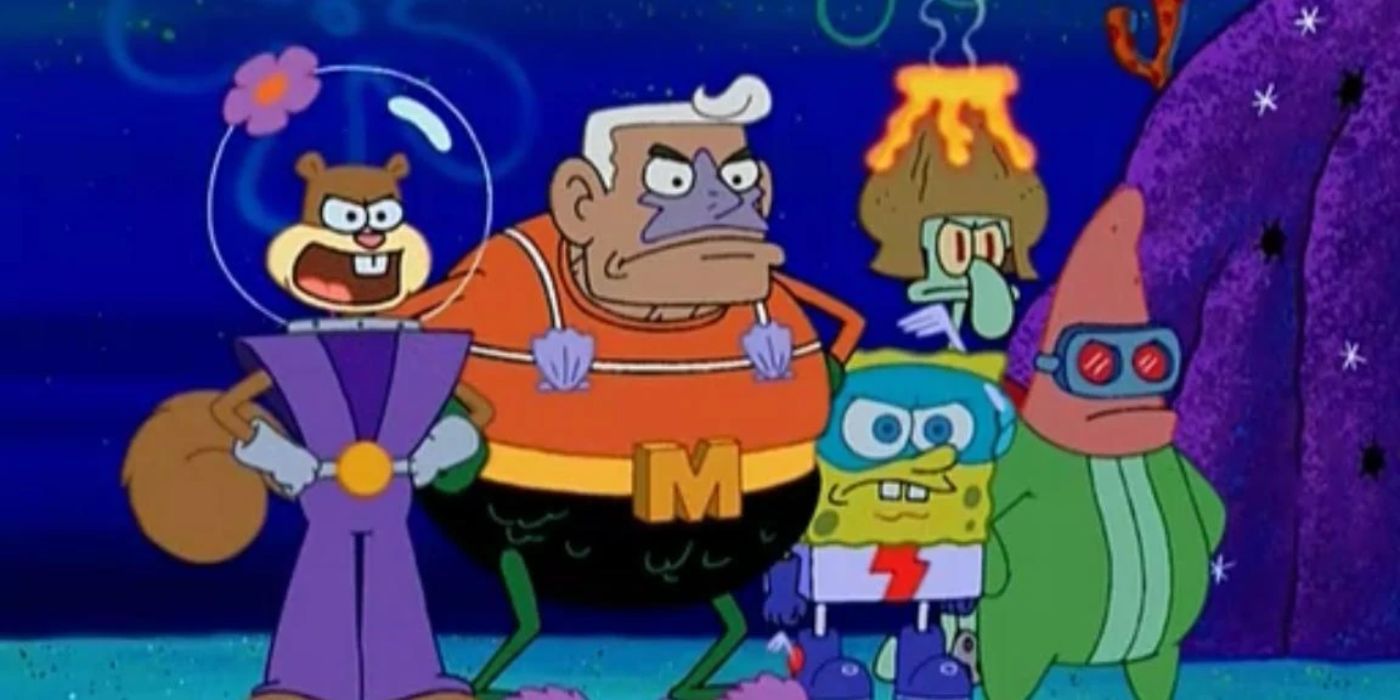

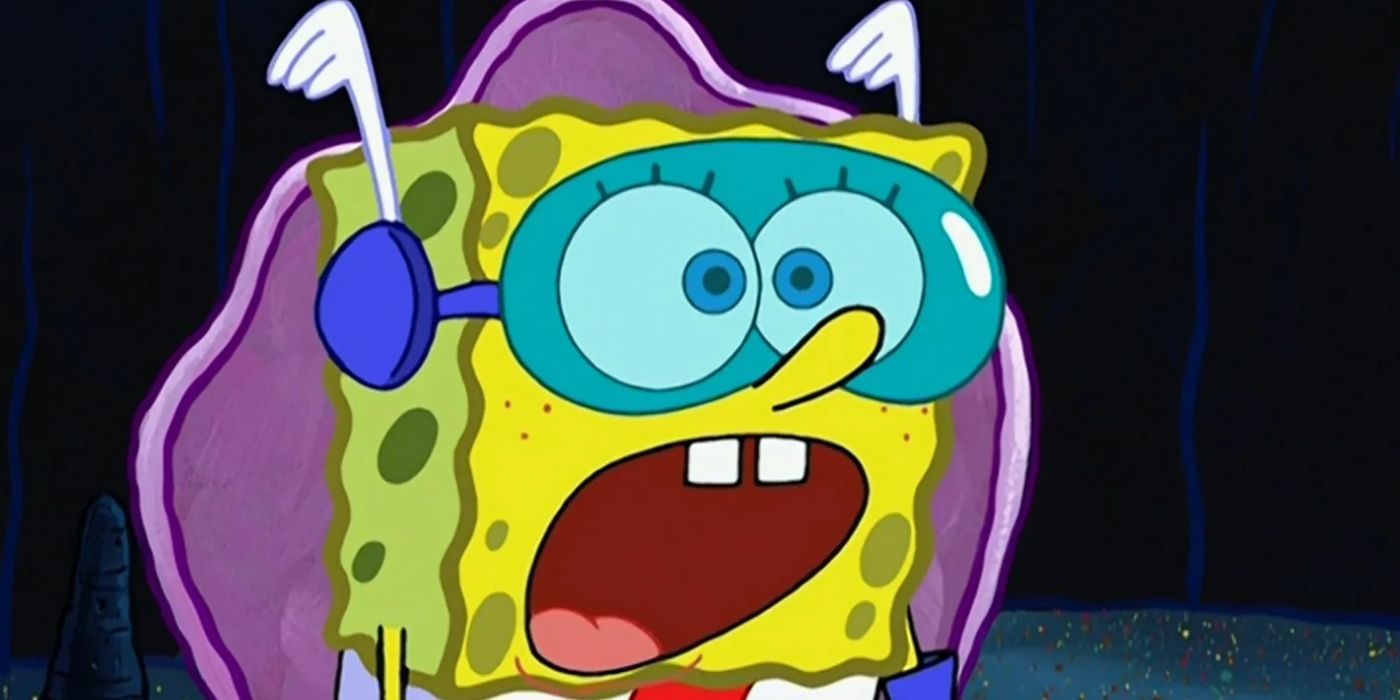
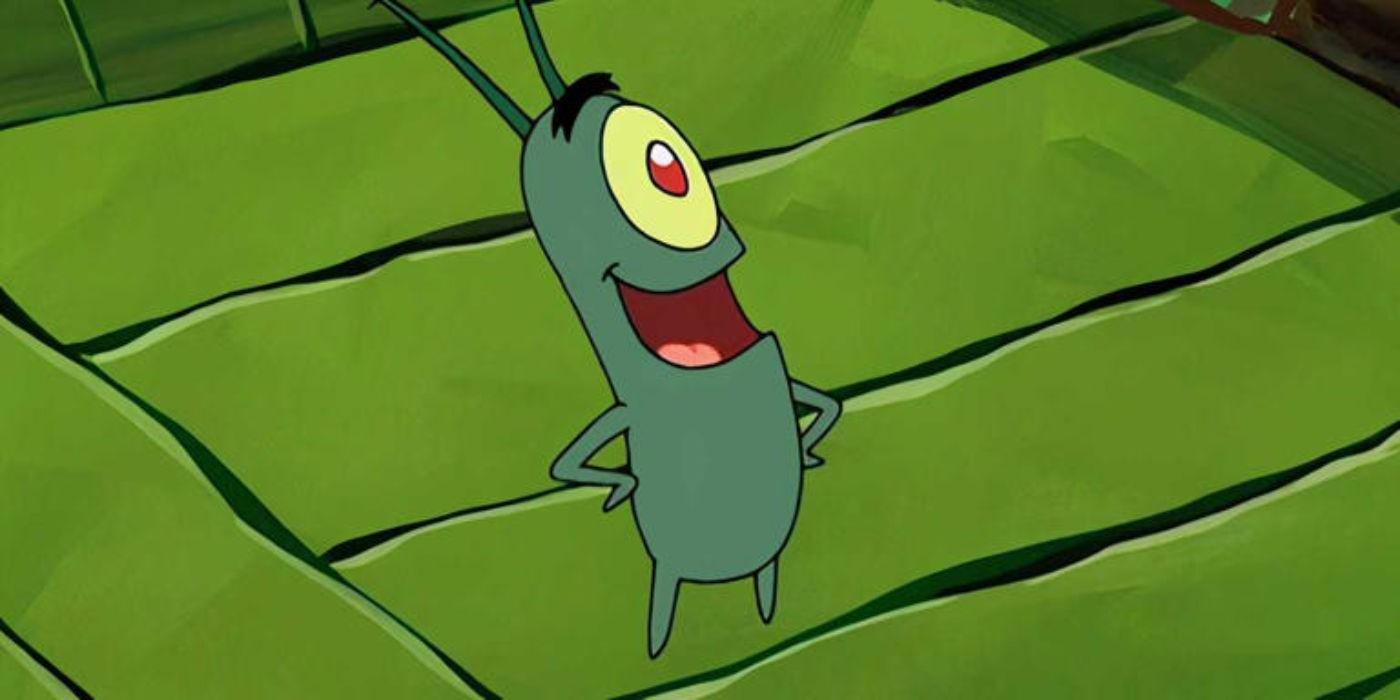
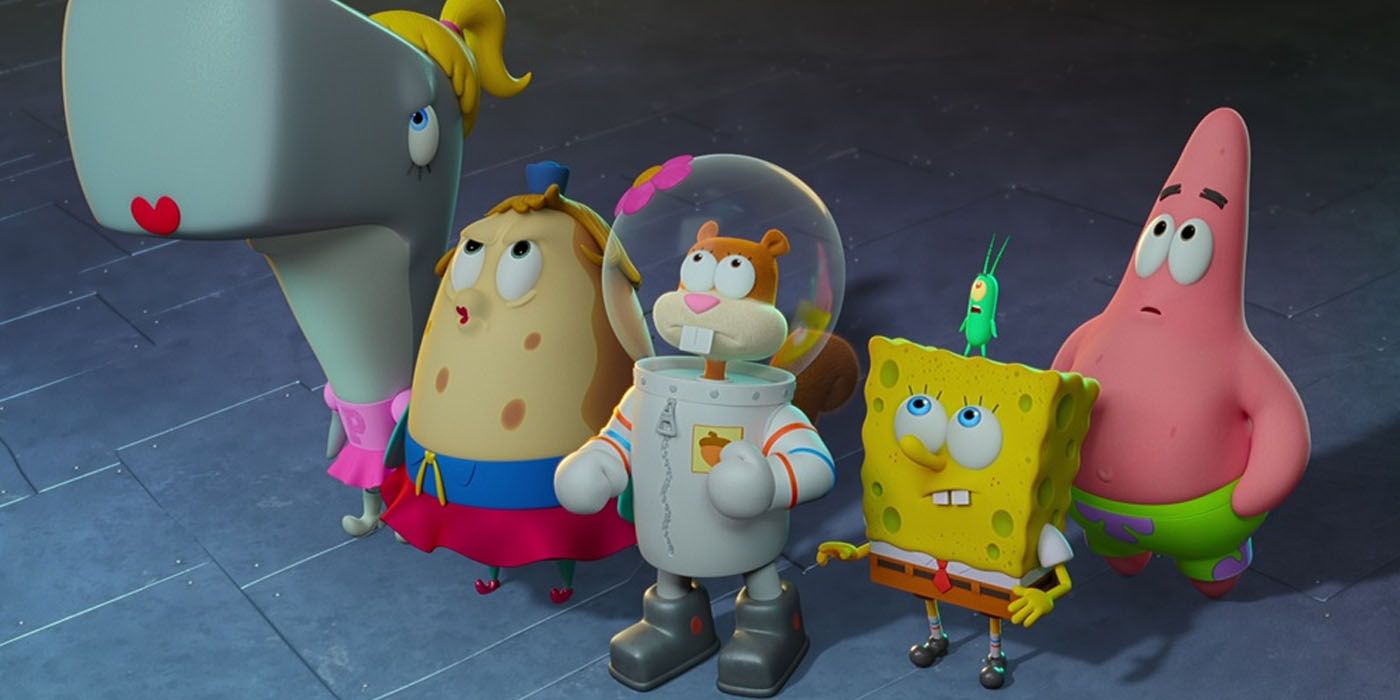
The animated television series “SpongeBob SquarePants,” initially aired on Nickelodeon in 1999, was undeniably their biggest triumph. It swiftly captured the hearts of viewers worldwide and eventually became one of the most iconic cartoons globally. However, the popularity of “SpongeBob SquarePants” has been declining for quite some time now.
It’s troubling that SpongeBob SquarePants, once a beloved series, has deteriorated in quality and fans aren’t pleased with Nickelodeon’s persistent exploitation of the franchise. This is particularly disappointing given that Stephen Hillenburg, the legendary creator of the show, intended to conclude it as early as 2004. Unfortunately, Nickelodeon didn’t agree, leading Hillenburg and other creatives to depart. If Nickelodeon had respected Hillenburg’s wishes, they could have concluded the series at its peak instead of diluting it with excessive re-runs.
The Show Had an Impressive Cult Following
Twenty years since its end, “Invader Zim” continues to stand out among Nickelodeon’s lineup, sparking debates about its premature termination after only two seasons. Yet, despite being cut short early, the series developed a passionate fanbase that eventually led to revivals in comic books and a Netflix movie.
As a diehard fan, I can’t help but feel frustrated that Nickelodeon chose to discontinue Invader Zim due to low ratings and steep production costs, given that the show has such a strong fanbase and cult following. It feels like they ended the series prematurely, before it could fully realize its immense potential.
Nickelodeon’s Loss Was Cartoon Network’s Gain
Adventure Time is one of Cartoon Network’s major triumphs, having started as a popular viral short video. It went on to air for ten seasons on Cartoon Network, rapidly rising in popularity and gaining critical acclaim among its viewers. The series also led to a multimedia franchise with comic books and spin-offs like Fionna and Cake.
Instead of being Cartoon Network’s success, it was quite possible for the show to have thrived on Nickelodeon, as Frederator Studios had an exclusive opportunity to develop an “Adventure Time” series. However, according to Fred Siebert, the founder of Frederator Studios, they rejected the show no less than five times. Nickelodeon eventually opted for “Fanboy and Chum Chum”, a decision that continues to bewilder viewers.
Nickelodeon’s Treatment Hurt the Show’s Momentum
As a devoted fan, I can confidently say that “The Legend of Korra” stood tall as a worthy successor to “Avatar: The Last Airbender,” but it stumbled somewhat in its second season. Regrettably, Nickelodeon played a significant role in the show’s early challenges. Members of the production team have shared that the network’s issues with the series, allegedly, were due to the fact that the main character was a female lead.
Consequently, Nickelodeon decided not to offer a multi-season contract for the series, which made season 1 feel more like a miniseries. Surprisingly, they later agreed to produce season 2. This sudden decision left the creative team scrambling to complete it, without any assurance of additional seasons. As a result, the final two seasons of The Legend of Korra are the only ones that seem well-connected, while fans can’t help but ponder how the entire series might have unfolded if Nickelodeon had allowed the creatives to execute their original plan from the outset.
Some Jokes Crossed a Line
It’s quite frequent for studios to slip humor intended for adults into children’s television series and films, with Disney being particularly skillful at embedding such wit in a subtle manner that kids won’t understand but will amuse their parents. However, Nickelodeon stands out from the rest by having actual child actors deliver or enact these adult jokes and innuendos on shows like Victorious and iCarly, which makes it less covert compared to other productions.
Some young actors who appeared on these shows confessed they were made uncomfortable by suggestive comments or humor, while others didn’t realize the extent of the jokes until they grew older. Looking back, it’s clear that the so-called “jokes” on children’s programs often crossed boundaries into inappropriate topics like foot fetishes and sexualizing minors.
Quiet on Set Exposed Nickelodeon’s Dark Side
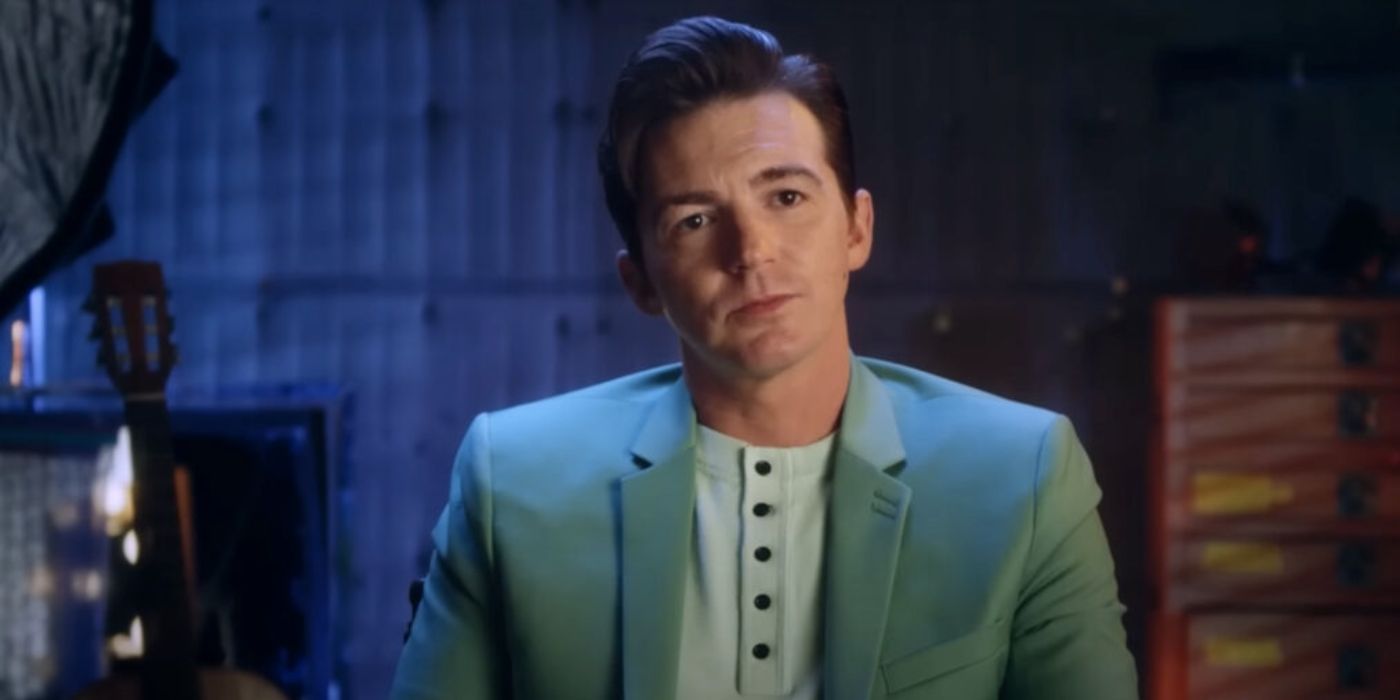
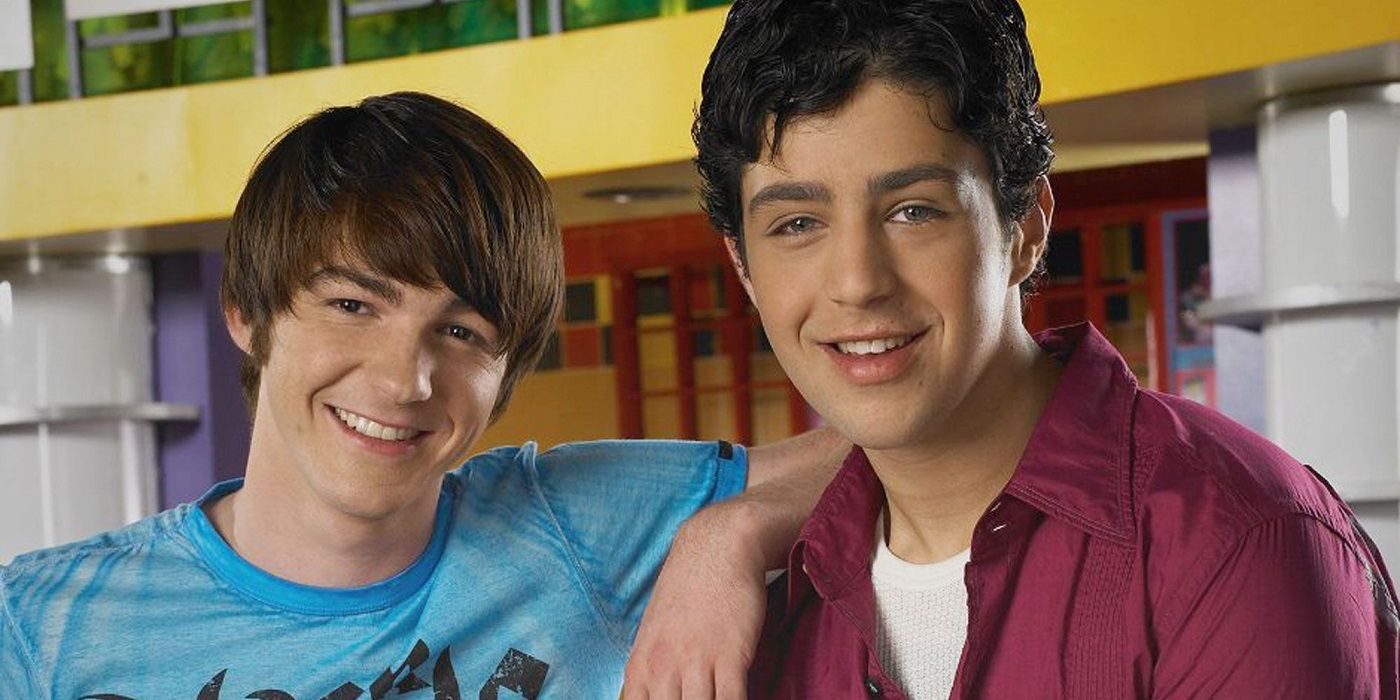
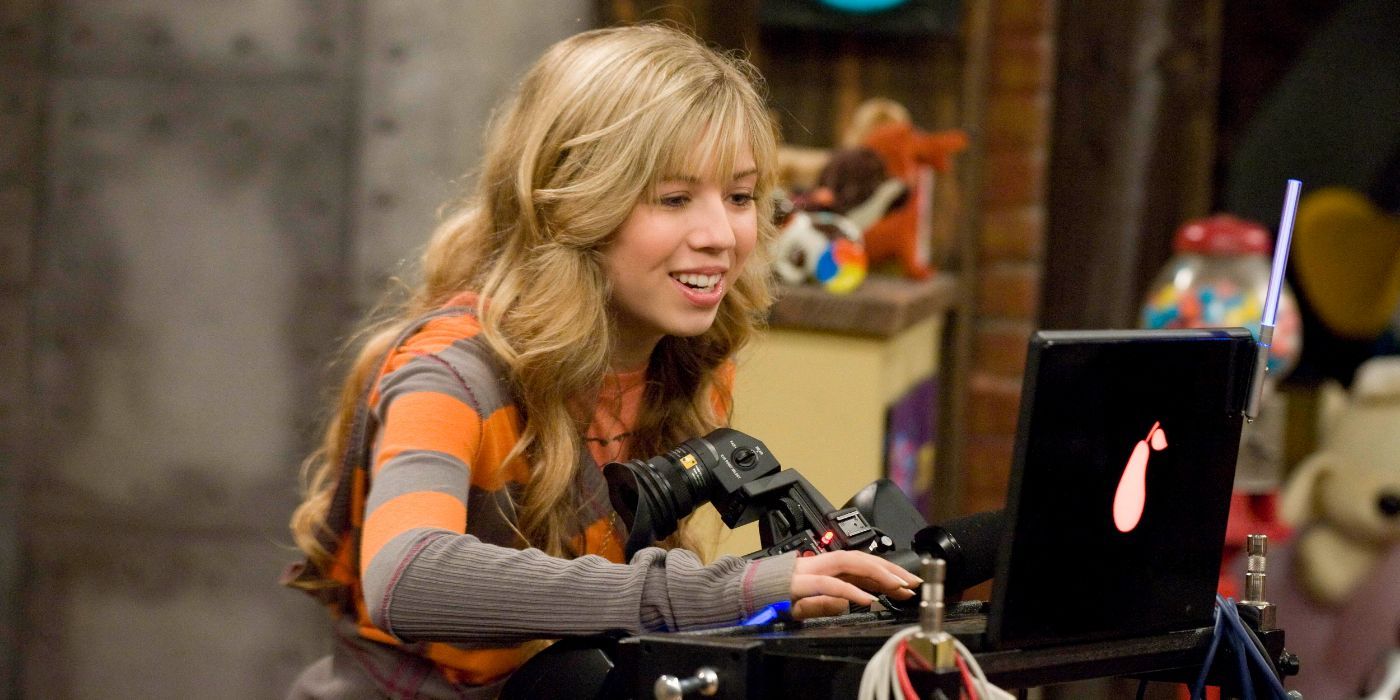
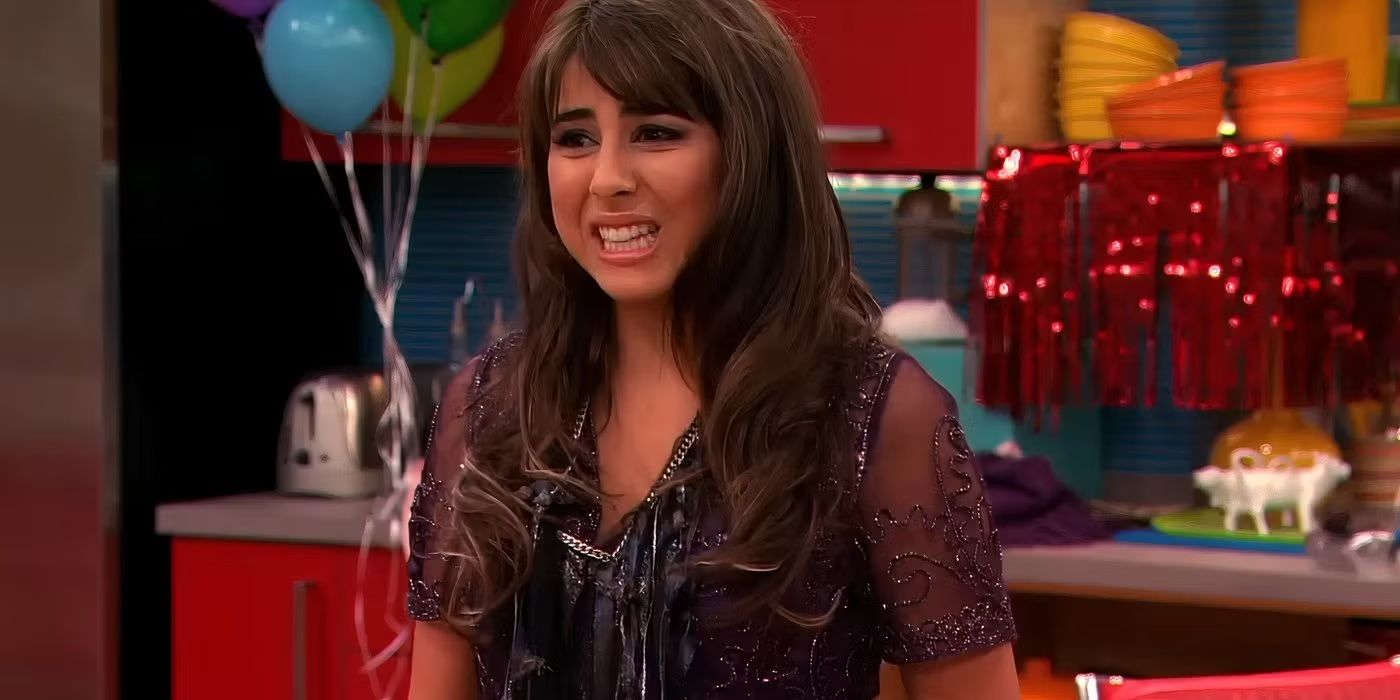
In the book “In Quiet on Set: The Dark Side of Kids’ TV,” numerous former child stars have revealed the shocking ways in which Nickelodeon fell short in safeguarding minors. From hiring people with questionable backgrounds, incorporating adult humor into shows, and creating an environment that allowed adults to take advantage of children, Nickelodeon contributed significantly to the suffering and trauma experienced by the very actors who made them famous.
Rather than viewing it as a simple error that can be rectified, Nickelodeon’s actions are not something they can easily move past. Their reputation will forever be linked to their neglect and inability to safeguard the most susceptible individuals.
Read More
- Mobile Legends: Bang Bang (MLBB) Sora Guide: Best Build, Emblem and Gameplay Tips
- Brawl Stars December 2025 Brawl Talk: Two New Brawlers, Buffie, Vault, New Skins, Game Modes, and more
- Clash Royale Best Boss Bandit Champion decks
- Best Hero Card Decks in Clash Royale
- Call of Duty Mobile: DMZ Recon Guide: Overview, How to Play, Progression, and more
- Best Arena 9 Decks in Clast Royale
- Clash Royale December 2025: Events, Challenges, Tournaments, and Rewards
- Clash Royale Best Arena 14 Decks
- Clash Royale Witch Evolution best decks guide
- All Brawl Stars Brawliday Rewards For 2025
2025-05-23 04:31